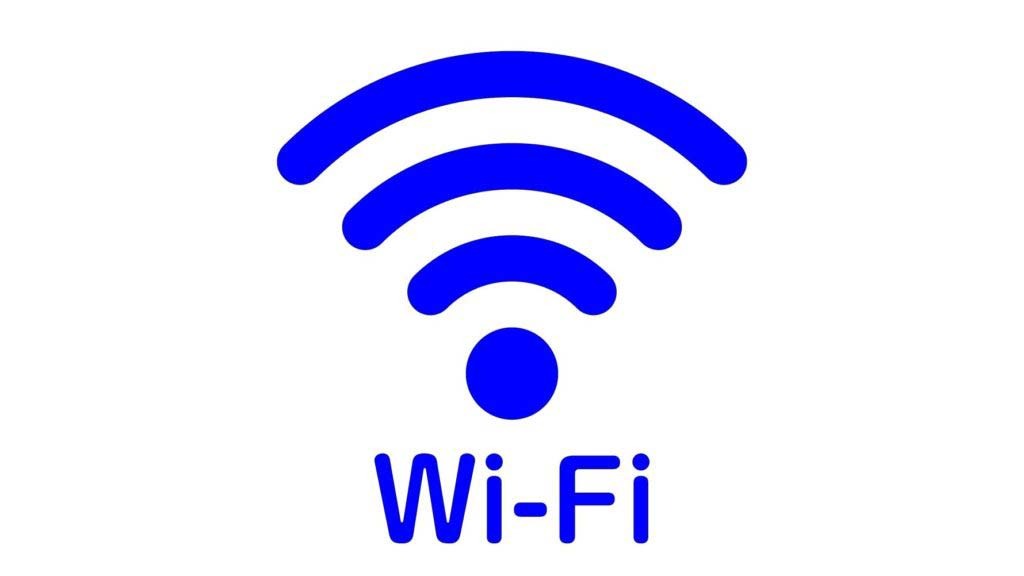Wi-Fi is a crucial element in any building where there are people, be it a domestic or a corporate setting. But, when you’re dealing with a Large Area of Wi-Fi, you need to be more advanced than just having a router. Wi-Fi technology has certain limitations associated with it, so it’s important that you understand how to work around these restrictions. Thankfully, as long as you learn the best ways to solve these problems, Wi-Fi in a large building should pose no issue.

Planning a Large Area Wi-Fi
Long before you start to install Wi-Fi equipment, you need to draw up a plan to minimize potential hurdles further down the line. In particular, make sure that you.
Create a Cabling Plan: Designing a thorough cabling plan is essential. Not only do you need to take your employees' productivity into consideration, but you also have to evaluate the specific needs of the building e.g. access points, ceiling cavities, etc. Scalability, of course, is another area to consider, so it makes sense to plan for future expansion. Finally, you will also need to plan which type of data cabling Watford you need and what your budget allows. Following these strategies will almost guarantee that your installation runs smoothly.
Correctly Position Wi-Fi Equipment: The signal for large area Wi-Fi needs to cover a large amount of ground; you can help your setup achieve this by positioning wireless equipment correctly. Evaluate the space that your Wi-Fi needs to cover and install wireless access points accordingly.
Choose the Right Equipment: Wi-Fi solutions for large buildings will be considerably more complex than those used in smaller locations. This means that you are going to need to invest in some serious technology to meet your location’s needs. Make sure that you cover these requirements with vendors before making any purchases.
Common Large Area Wi-Fi Problems
All technology has the capacity to fail and cause problems; Wi-Fi is no different. Here are some of the most common Wi-Fi problems:
Slow Connection Speeds: The main bugbear of any Wi-Fi user is slow speeds. These are often caused by installation problems, so your Wi-Fi equipment is the best place to start troubleshooting. Are, for example, your access points facing the right direction? Additionally, it may be that your access points are inadequately positioned to cover the necessary distance.
Interference: Wi-Fi uses radio waves to send signals between devices and these transfers can easily be disrupted. The interference can be generated by power sources, cordless phones, and even microwaves. The impact of this signal disruption can quickly result in network dropouts and a reduction in productivity.
Incorrect Cabling: Cat5 and Cat6 cabling will allow you to run Wi-Fi connections over distances of around 100 metres. But, over that, they will struggle to deliver any sense of performance. And, in a large building, you may need to cover larger distances. Therefore, it may pay to investigate fibre cabling, this will allow you to transmit data over much larger distances.
What is the maximum range of Wi-Fi?
The range of a Wi-Fi signal, using traditional network cabling London, is around 100m, but this range can now be extended with fibre optic cable to a distance of up to 2,000m. Naturally, each building will have different needs and this is why a firm plan is crucial. So, by taking the time to invest some effort into your Wi-Fi structure, you should soon reap the benefits of a powerful Wi-Fi service.
Original Source: Large Area WiFi